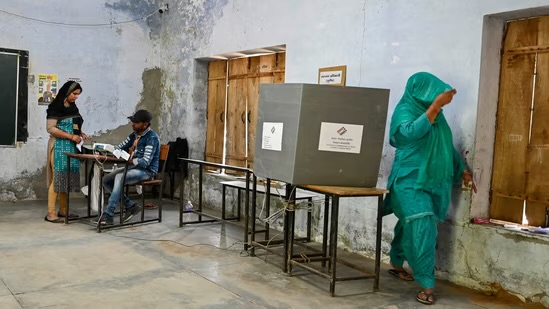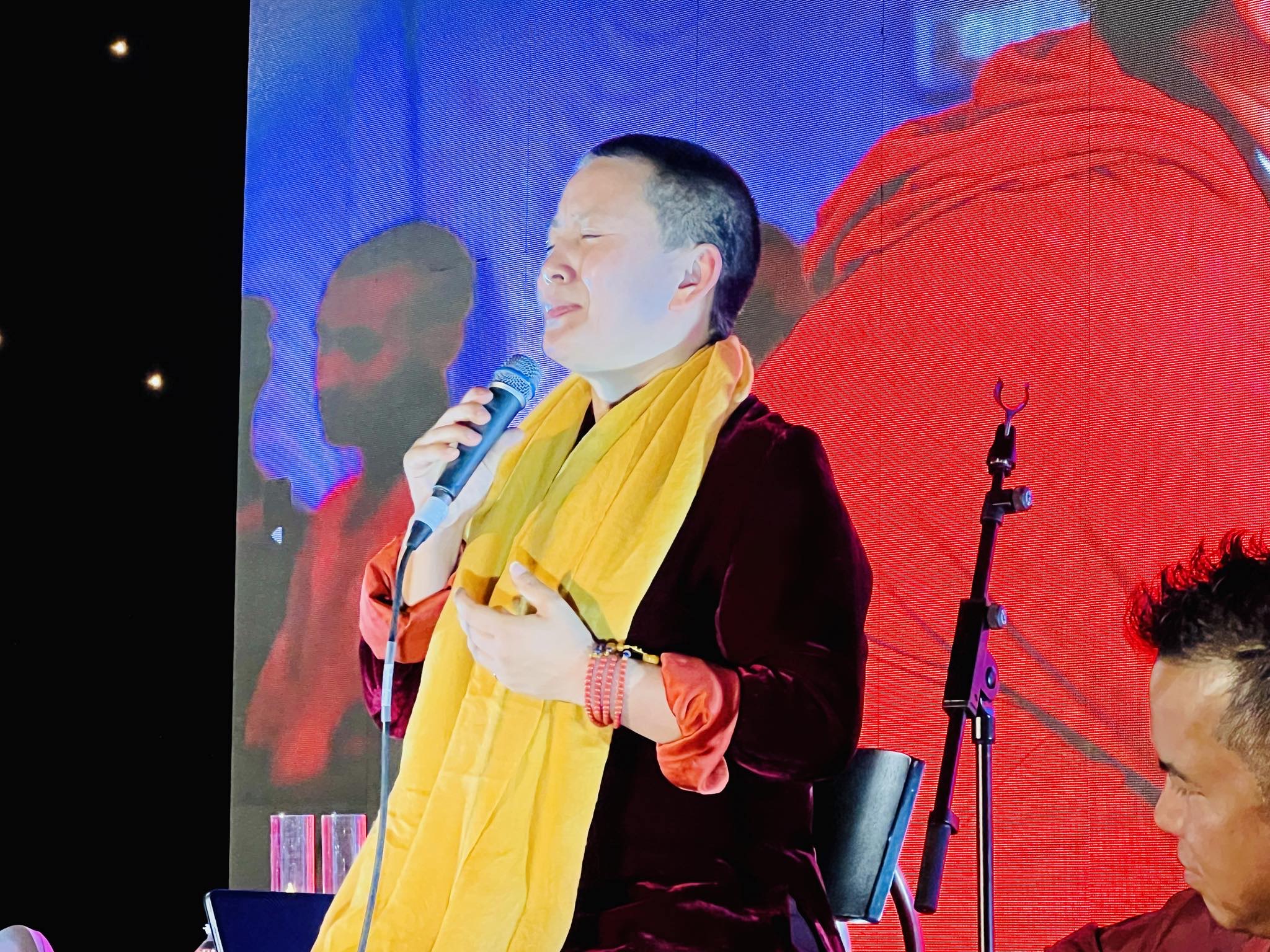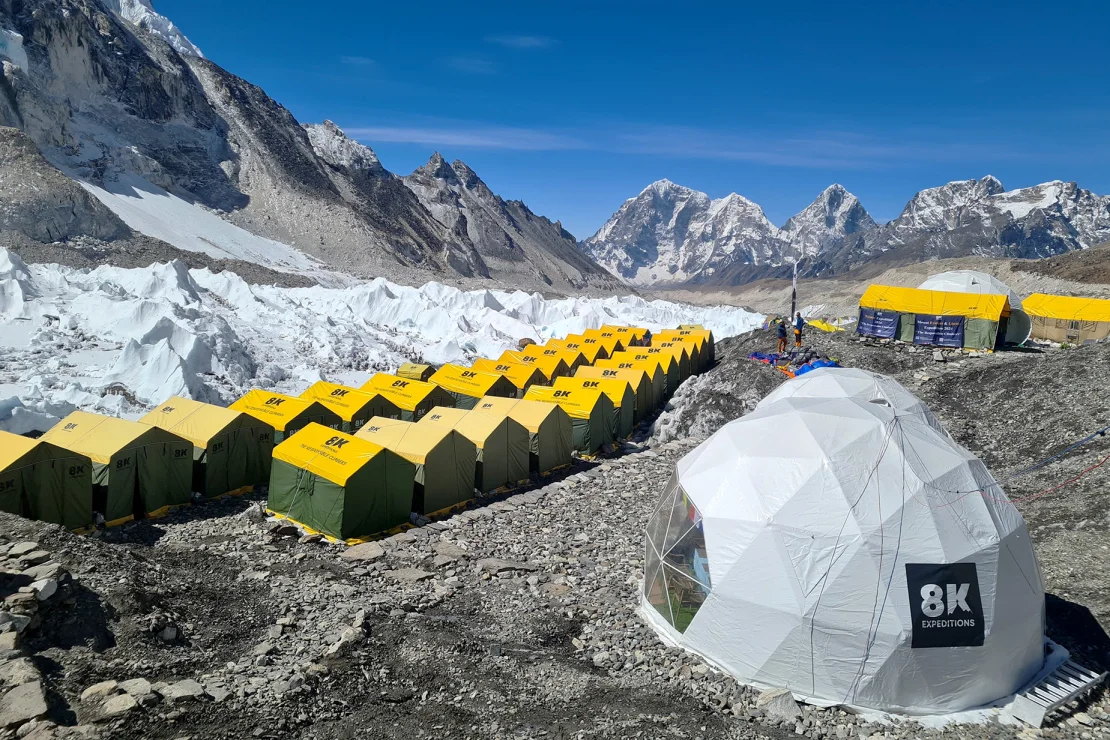London — NHS England launched a campaign at the end of last year to raise awareness of the support available, following a survey that revealed almost one third (31%) of South Asian people in England were unaware of the different roles available to support them at their GP practice.
As part of the campaign, a new animated video has now been created to explain clearly how the range of health professionals at local GP practices can help patients get the right care when they need it, in addition to seeing their GP or practice nurse. Organisations and individuals are being encouraged to download and share the animation, so that as many people as possible are made aware of the support offered in community health teams – which can include pharmacists, mental health practitioners, paramedics, physios, and social prescribing link workers, who are now available in every part of the country.
A patient can always see their GP, but the NHS is training more than 7,500 staff to better assess the information patients provide about their need so they can be seen by the right health professional in the team or other local service. For example, if a patient has muscular pain, they will be booked straight into see a physiotherapist.
Almost two in three (63%) South Asian people surveyed said they were happy to receive care from another health worker, recognising they didn’t always need to see a GP.
The new animation illustrates the types of health professionals that a patient may encounter at their GP practice, as well as explaining the different ways that patients can use to contact their local GP practice to discuss their medical concern. This can include calling the reception team, filling in an online form, or using the NHS App. Whichever way a patient chooses to contact their general practice, their details will always be kept confidential.
Dr Minal Bakhai, GP and director of primary care transformation at NHS England said:
“The General Practice team is expanding to include an even wider range of expertise to ensure patients can get the right care to meet their needs. We want all communities to feel informed about the breadth of options available to support them. This new animation is very helpful in explaining the full range of services in a clear and simple way so that everyone can benefit from the right care and support.”
The Muslim Doctors Association, South Asian Health Foundation and the Association of British Sikh Nurses are supporting the NHS in sharing the animation, which is available to download or to view on NHS England’s YouTube channel. The animation is also available in Hindi, Gujarati, Bengali and Panjabi.
Dr Hina Shahid, Chair of the Muslim Doctors Association, said:
“Having a team of healthcare professionals who are more easily accessible to patients is an important step in ensuring that patients can get the care they need. With the animation available in various languages, more people will be able to understand what is available to them – we will be sharing the animation though our networks, to spread the message across the community.”
You can view and share the animation by visiting [English: https://youtu.be/CT0aB-EORMU
Hindi: https://youtu.be/WWZs6S3itbc
Gujarati: https://youtu.be/Cg9aW2kBQag
Bengali: https://youtu.be/OFTzFS2BY7w
Punjabi: https://youtu.be/rOjn6f05kj0].
To find out more about the support that is on offer at general practices, visit nhs.uk/GPservices





















